(all memes are from https://needtoknow.news)
As a digression, let me enlarge on a topic that I’ve been planning to address for over a year. It was William M. Briggs, who reminded me in
https://wmbriggs.substack.com/p/the-statistics-of-stopping-power
Gun ownership is a constitutional right
Constitutional rights, however, have been ignored or overwritten by state or even local laws since the US was founded. In some states, it’s easier to own guns than in others, but the percentages only contain recent official figures, which grossly underestimate the number of guns in civilian hands, because gun registration is often not required and private transfers don’t have to be registered, either:
The US is becoming the last nation on Earth, where owning a firearm is allowed. I know, depriving people of that right is an abuse of power, but who said that governments over the world are legitimate and serve their citizens? In fact, the Founding Fathers introduced the Right to Bear Arms, because they wanted to make sure people would be able protect themselves from tyranny:
At the time, weaponry for the people was military quality. Some people owned the top-of-the line weapons, too: cannons. These days, armored vehicles, drone swarms, or battleships are not exactly at the people’s disposal, and violence would only speed up the progress to total globalist control.
Guns are tools for specific purposes
How can someone who is old or handicapped defend themselves without guns? A gun is the ultimate equalizer. It doesn’t take a lot of strength to pull the trigger. However, responsible gun ownership involves several factors. The significance of learning and training for intended uses cannot be over-emphasized.
For the law-abiding citizen, a firearm can fulfill one or more of five roles in civilian life: personal protection, home defense, hunting, plinking, and competition shooting. Hunters and pro shooters can stop here, unless they care to advise readers who are new to guns or are planning to get some. Being prepared is never late.
You are probably familiar with the plaque saying something like “I’d rather have a gun in my hand than talk to the police for 15 minutes before they might decide to stop by.” Either way, occasionally, you might be need to remember:
And no, this situation isn’t going to resolve itself and guns in civilian hands are unlikely to help.
The .22LR
People tend to sneer at the humble .22LR ammo, perhaps because they don’t know that most homicides in the US are committed with those. Criminals also love the .22, perhaps because it also comes in revolvers, so no casing is left behind after a crime, and even if shot from a pistol, the bullet can deform enough to become useless for ballistics... Also, even a .22 Magnum already represents respectable firepower. For personal defense, compatible handguns are for close-up fights, so missing the target with them is less common than with other calibers.
Revolvers and semi-autos
When it comes to ammo, revolvers are omnivores, but they rarely work with ammo made for semi-autos, because the casing must have a rim in order to keep the ammo outside the cylinder, within the reach of the firing pin. The cheaper ones don’t like the +P ammo that has extended firepower, and the ones that accept magnum loads, usually work with lesser versions of the same caliber. Revolvers hardly ever misfire, but you can always pull the trigger once more on a double-action that you don’t have to cock like a single-action piece. They offer only five or six loads most of the time, but most self-defense situations end after one or two shots. If your semi-auto misfires, on some handguns (“hammer-fired” that are also “double action” or have “second-strike capability”), you can pull the trigger again in case of misfire, but on most common recent handguns (“striker-fired”) you must pull back the slide in order to eject the defective ammo, and doing that in a hurry might be problematic.
Indoors versus outdoors: the noise factor
Where is a gun intended for use: inside or outside? “Home defense”1 is a primary objective for most new gun-owners, yet one can hardly ever read about the fact that a single shot in a small room or a car can easily cause permanent hearing loss and a lifelong tinnitus. Suppressors plus the tax after them (the tax has been $200 for each permit since 19342) can be prohibitively expensive, but subsonics (projectiles traveling below the speed of sound, so the shooter is spared the sonic blast of exceeding the sound barrier) don’t lower the noise much. When you hear an intruder in the middle of the night, you’d better be prepared to plug in your ears and, preferably, use a suppressed firearm. Without hearing protection, a suppressor comes in truly handy3.
For more about suppressors:
Suppressors
Suppressors are not exactly silent; they reduce the sound from a deafening 160dB to the sound level of a jet engine (about 130dB, but some barely go lower than 140dB). The word “silencer” is a misnomer, except for a .22 or the 300 Blackout subsonic ammo, whose use is restricted to rifles with a barrel that is at least 16” long or pistols without a stock. Anyway, shooting in an enclosed space, even a 130dB can turn the shooter deaf or, at best, cause excruciating pain. If you are planning to buy a suppressor, make sure you get the right one for the barrel of your gun, and not all guns are suppressor-ready (you need one with a “threaded barrel”). Also, newer suppressors are user-serviceable (in plain English, can be easily cleaned after disassembly), which is especially important with 22s, because 22s are rimfire, and rimfire ammo produces a lot of dirt. A suppressor also adds to the length of the barrel, and depending on its weight, makes aiming a bit harder, and reduce maneuverability. The lighter, smaller, and serviceable suppressors are, the more expensive they get.
While you need a threaded barrel for a suppressor, it is a problem that even guns with threaded barrels don’t necessarily come with “suppressor-height” sights, so switching out the sights accrues additional cost.
Suppressors are also lauded by hunters, because the game cannot identify the direction from which the shot comes.
Ammo types
Another factor in any form of defense is penetration; nobody wants to shoot the next three next-door neighbors with a slug or a rifle, or demolish the walls in their own home.
Full metal jacket ammo is usually the cheapest, but it can go through several people from a 5.56 AR-15 or a 7.62.
Hollow points are made specifically for self-defense, but strangely, NJ, for one, bans them.
While a Hornady Critical Defense probably does the job most of the time without further damages or injuries, frangibles also likely suffice. As frangibles are copper-based, they are less toxic than lead-based loads, and they have become quite economical for plinking. On the down side, they are lightweight bullets, and their charge might not be powerful enough to operate the slide, which results in failure to cycle. For that matter, even some 9mm pistols can have problem cycling 115 grain ammo, while working fine with 124 grain, and 115 is not even low, considering that some frangible 9mm cartridges go as low as 60 grain.
The type of shotgun shells must depend on the game you are hunting:
https://www.academy.com/expert-advice/types-of-shotgun-shells
Also, lead-free ammo is preferred for hunting, unless you want your supper to be pumped full of lead. For home defense, some sources recommend size #4, because it is likely to stop or scare away the intruder without demolishing your home.
Recoil
It’s best to try what a person’s hand, wrist, arm, and shoulder can handle before making a purchase. Many gun stores offer loans on their indoor ranges for that reason, and some places might allow buyers to try out a new gun at the time of buying. A 22LR has next to no kickback, and most people can handle the recoil from a 32 or a 38 Special, but that also depends on the weight of the ammo in use and even the size of the grip (there is the NAA Wasp .22 Magnum that fire WMR ammo, but it’s single action only, which means you have to cock it each time before you fire, and the grips are tiny: https://www.sportsmansguide.com/product/index/naa-wasp-22-magnum-vent-bar-revolver-22-magnum-rimfire-22mtw-744253002298?a=1809206).
Recoil also depends on the type of recoil spring (dual springs are better), the weight of the fun (heavier pieces soften the recoil), and even the size of the grip. For example, a 357 Magnum needs a firm grip for a snubnose revolver (with a relatively short grip and a barrel length of around 2”), which hardly anybody would like to shoot a lot because of the inconvenience it causes (but it’s easy to carry and it works fine for self-defense, except they are difficult to handle for follow-up shots, and preferable, best used with two hands).
Here is a chart of recoil strength:
https://www.sportsmans.com/handgun-recoil-chart
Notice that once you leave the store, refunds are never offered on guns or ammo (so, when buying used, you might want to check if the warranty is only for the first owner or a lifetime one).
Sighting a firearm
Most rifles are centered for 100 yards and handguns for 25 yards, so one must aim sometimes significantly lower in a close-up situation. If you know the distance at which you are most likely to use your weapon, you have to adjust the sights accordingly, assuming they are adjustable. For snub-nosed revolvers, that’s often not an option, but they are made for short distances, and as long as you are familiar with yours, you can use it just fine in situations that you’ll hopefully never encounter. Even most cops never have to fire their guns, except on the range.
Bore laser sights (or “laser boresights”) are available for each caliber, which might or might not work in your setup, but they are relatively inexpensive. There are versions that are linked to a target and an app, so you can practice “shooting” in your living room, but you won’t have to deal with the noise, the recoil, and the occasional defective ammo. Also, these gadgets are not super accurate, either, so they are closer to a computer game than to shooting at real targets with real ammo.
Red dot sights add to the bulk and the size, but they usually add to the shooter’s accuracy, especially if one can “co-witness” them with a bore sight. Co-witnessing with an iron sight is better than nothing, but red dots often replace the rear sight. In that case, if the red dot malfunctions or its battery drains, you are left with no sight for aiming.
Laser targeting is another option, but in my experience, cheap ones can barely be zeroed in and don’t last. Becoming exclusively dependent on one is not a good idea, either. Lasers also give away your position, if you enable them too early. If you want perfect accuracy, keep it in mind that co-witnessing works only for a specific distance, unless the laser sight is on the same height as the barrel. The red dot is inescapably higher than the barrel. To get the gist of this, draw a diagram on paper; place the laser sight/red dot, the barrel, and the target at the points of a triangle, and keep changing the distance by sliding the slanted side on the top that is pointing at the target, and its line will show when you will shoot higher than lower than the aim of your sight.
Should you use laser targeting or a red-dot device? As the batteries in some of those can drain or the devices can malfunction, it’s always best to stick to the basic setup, unless it’s insufficient for the designated objective.
Situational awareness
Being prepared comprises a number of things, but guns do kill people, when they are in the wrong hands or their operator is unprepared or acts without caution. As without guns, people cannot defend themselves from criminals, who will always have guns, anyway, disarming the population would only make citizens more vulnerable. By default, it’s the gun owner’s responsibility to be informed and trained.
As for strategies in defensive situations, especially after firing a shot, moving around unpredictably, but mostly behind cover tends to be better than being a sitting duck, and you cannot even fire back from full cover. Sometimes waiting for the threat to show up is better, especially if a distraction (e.g. a flashlight somewhere else than your position, pointing at the most likely location of the incoming threat) is applied. You probably don’t want to have a shootout with your 9mm against a shotgun, either.
It’s always best to avoid a situation, but that’s exponentially true in public places, where lots of innocent bystanders can get hurt, and using your weapon in self-defense will not indemnify you, if you hurt a bystander. (Of course, if you are a bystander, your best bet is to throw yourself on the ground at the first shot or, if there is an obvious threat, before a shot is fired.) It can complicate matters, if you are trying to protect someone else, because you might end up protecting a criminal. Alternatively, when you want to protect a cop, you might be defending a criminal in disguise, and shoot an undercover cop…
Firing in the air like in cowboy movies is asinine, because the ammo will land somewhere, which can endanger someone else elsewhere.
Run-in time
Some guns work fine out of the box, but some need a few hundred rounds to settle in. If you experience problems after 500 rounds with the recommended ammo and a well-maintained firearm, chances are you got a lemon and it’s time to take it up with the manufacturer.
Know Thy Guns
Each gun has its most appropriate functions. Besides home defense, shotguns can be effectively used for hunting and trap shooting (or even fishing! :) ), rifles for hunting, long-range applications, and target shooting, and .22s and handguns for plinking, target shooting, and varmints. Each of them can be used for home defense, although some are better than others in specific situations.
While shotguns are certainly the most powerful options with a 00 cartridge or a slug, chances are you’ll lose at least some of your hearing, if you fire them indoors. That, however, is likely better than getting killed by an intruder. Notice that most other guns are about just as loud. A well-aimed .22 is still better than a shotgun that misses the target. In-home spaces can be too tight to navigate with a shotgun. Also, I don’t subscribe to the myth of the sound of racking a pump-action piece would deter an intruder, because intruders are either armed themselves or are ready to flee, if they hear any noise that confirms that someone is at home. There are some handguns that can fire shotgun ammo; the Taurus Judge is perhaps the most well-known:
The Judge is large and heavy for concealed carry, but its size is more appropriate for tight spaces. A 00 buckshot doesn’t require extreme accuracy, either, because it shoots nine pellets and the impact can be the same as shooting from a 9mm handgun nine times… As no ballistics can be performed on the pellets (as opposed to a slug fired through a rifled barrel), cartridge casings provide the only evidence of guilt or innocence in a shootout.
America’s most popular rifle, the AR-15, is not the best at anything, but it can perform in most areas just fine. Of course, it’s not a fully automatic “assault rifle,” but it seems to have been singled out for elimination, which alone provides sufficient credit to it.
The US Army’s latest selection, the 6.5 Creedmore, is a fantastic piece; it’s powerful and accurate for most tasks. The price of its ammo, however, starts at about a dollar a piece, making target practice a bit tasking on one’s wallet. It’s best used with optics and a bolt-action is powerful enough to make the semi-auto version an overkill in most cases.
For handguns, a Glock 19 needs next to no maintenance, the ammo is cheap (9mm ammo still starts at about 24 cents a piece as opposed to 6 cents for the .22LR) and it always works (assuming it’s not overlubed and left dirty to pick up even more dirt), but it’s not for competitions. Competition handguns can cost many times the price of a Glock.
A .32 Federal Magnum or a .38 Special makes a good backup gun, and the +P versions of the .357 Magnum (just like a 10mm) can shoot a bear from a long barrel with the proper ammo.
Ultimately, your choice must depend on the purpose of your guns, and the circumstances under which you are planning to use them.
For plinking, my favorite is the Kel-Tec P17. It shoots everything (some guns are picky and don’t like certain muzzle speeds or ammo weights. The P17 comes with a threaded barrel and the adapter for muzzle devices, a utility rail for laser or for a flash light (or perhaps for a combination of the two), and even a tritium/fiber optic front site (the tritium works a lot longer in unlit places), which is cool in the dark, unless it accidentally breaks, which has been known to happen. This gun is fun to shoot and it’s dirt cheap for what it is:
Personal variables matter
Practice matters, but it can drain your finances. Dry firing is free, and tactile enough to make sure one can stay familiar enough with handling a gun. Notice that not all guns can be dry-fired; the firing pin can be damaged on some guns, unless dummies are used.
While triggers can make a difference in competition shooting or hunting, they don’t matter much in self-defense situations most of the time. The only prominent exception is a double-action revolver, which is not easy to operate with a weak index finger, and aiming with it needs practice to avoid moving off the target, while the trigger is traveling until the gun fires. Well, hammer-operated semi-autos (as opposed to striker-fired ones that use a firing pin that a spring shoots against the primer, once the spring is released) raise the hammer by the trigger pull that, in such cases, can be an uncomfortably long and heavy pull. Try out before you buy.
Expecting the recoil also causes the shooter to miss the target. It usually results in shooting low to the left. “Limp-wristing” is another common beginner’s mistake; you must be in full control of your handgun. Using both hands can help, and for right-handed shooters, the left hand must hold about 80 percent of the weight and secure the aim, while the right hand handles the remaining 20 percent and operates the trigger. While no two triggers are the same, a good shooter can shoot with any of them after practice; practice accomplishes more than moaning about the gun and buying a trigger upgrade for $150. When you shoot consistently to one side, it’s most likely your finger position or your anticipation of recoil, assuming the sights are properly aligned on your gun:
https://www.thetruthaboutguns.com/does-trigger-finger-position-matter-no-but-also-yes-but-also-no/
An attached flashlight enables you to see more, but it can also turn you into a highly-visible target. The same applies to laser beams in the dark. During hunting, optics and big-caliber rifles provide more humane ways to kill your prey, although I’ll never forget the Cree woman, who shot a grizzly bear dead with a mundane .22 in 1953:
https://survivalcommonsense.com/world-record-grizzly-killed-with-22-caliber-rifle/
State laws
State laws can vary a lot. More and more states are now “constitutional carry” states, so a CCL (concealed-carry license) is not required.
Gun registration is not present in all states, making most guns in the US nearly untraceable. You still want to keep your receipt even from private transfers to prove your ownership from a specific date.
Transporting a firearm can be tricky across states, so check where your permit and ownership are considered legal, and what conditions must be met during transporting a firearm in a car, unless you want to run the risk of some detention and, possibly, a fine and a jail term.
CCLs are interchangeable among a number of states, and are restricted in some ways in some states.
California “law” (violating the 2nd Amendment) allows only for old guns, because it mandates a technology in new guns that doesn’t exist. Some states limit the type of ammo you can use (for example, as I mentioned before, New Jersey prohibits hollow-points, which is crazy, because full metal jackets are much more likely to over-penetrate), the type of guns (e.g. prohibit machine guns), magazine capacity (usually limited to 10), and the use of a suppressor (they don’t care for your hearing).
For complete maps of gun laws, check out
https://www.concealedcarry.com/america-gun-maps-law-politics-permit/
Red flag laws
At last, but not least, “red flag laws” must be observed. They exist in the following states:
In short, if someone doesn’t like you and reports you as “dangerous,” the “authorities” can stop by and take your guns, while you might not have any legal recourse. It’s enough to have a bad neighbor or corrupt authorities, and your 2nd-amendment rights are over. The Inquisition was better, because if someone reported you as a heretic, but were found innocent, the one who reported you received the punishment you would have received, had you been found guilty.
In such states, you’d better not tell anyone you are a gun owner. Also, acquiring a concealed-carry license might be chronically difficult there.
Continued in
and in
More about Using Your 2nd-Amendment Rights
This much, and more, should be clear even after my first article.
When it’s a life-or-death situation, the last thing one would worry is their hearing. Unless they have already lost some/much of it due to noise damage during shooting...
Many people don’t realize how much louder a gunshot is in a confined space. While everyone’s tolerance is different, firing a gun in a car or a small room can result is severe hearing loss or deafness, and mark my words: the pain would be excruciating. And yes, the same applies to using a suppressor, albeit the damage would be less extensive.
Besides hearing protection, people tend to forget the trauma shooting someone causes to a sane person, which can last for months or even years.
Do you really want to deal with the aftermath, the legalese, and the intruder(s) friends and family, too?
For home defense, there are many methods to prevent a shootout.
The best method is prevention: signs, security cameras (even fakes can work to a certain extent), dogs, alarms, and motion-sensor-activated lights or speakers with some pre-recorded output. Dogs work the best. The rest must be applied to the surroundings. I've heard that some people booby-trap their place at night, but I’m not sure how legit that is. A plan plus reparation and practice are good, too.
The famous “rack your 12-Gauge and the intruder would run away” might work against an unarmed intruder, but intruders tend to be armed and don’t work alone. Those, who run away probably do only because they realize that somebody is home and they were discovered. Racking a gun, however, also gives away one’s location, which is not good. In fact, I would move silently and direct a blinding flashlight beam at the intruder, but not from my location, and if the intruder fires at the light, the rest of my job is easy. Also, the last thing I want to do is fire a 12-Gauge indoors, unless my hearing is protected. Yes, you need your hearing, if you have to shoot through the wall, because the intruder is not visible, but you might also need your hearing after the incident.
Once you fire a shot, you must be the first to reach the 911, unless you want to become the main suspect and, perhaps, for good measure, shot by the arriving cops, just to make sure they can collect their pension. Even after that, a lawyer might come in handy. Also, it is typical for criminals to accuse you first, so you must hurry up to precede that and be the first accuser. All that would pan out a bit better, if you manage to preserve your hearing.
If you want to save money, your best bet is to get registered as an FFL dealer, but it’s worth the bother only if you are planning to acquire several restricted items. Registration exists for various type of dealers:
https://www.atf.gov/resource-center/types-federal-firearms-licenses-ffls
Licensing fees:
In the summer of 2025, Trump’s “big and beautiful bill” (mostly a spectacular waste of money) includes that suppressors are hearing-protection devices, which they are, unless they are used on 22LR or 300 BLK subsonic ammo.

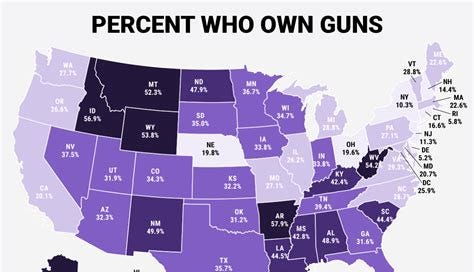


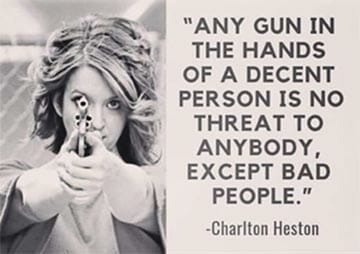


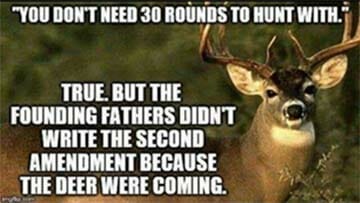

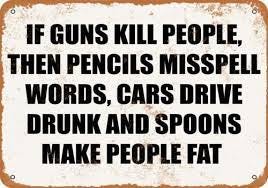
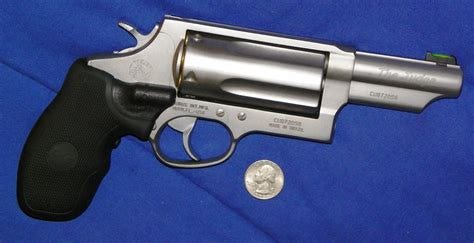
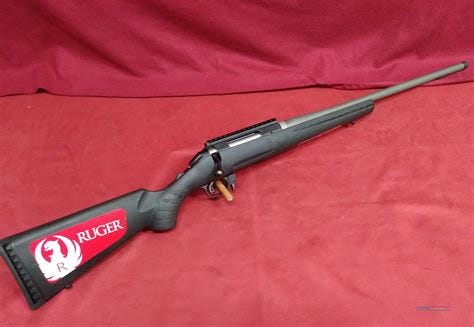
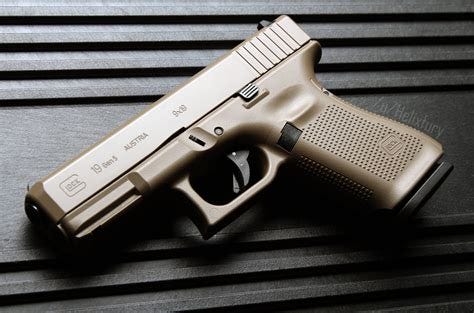
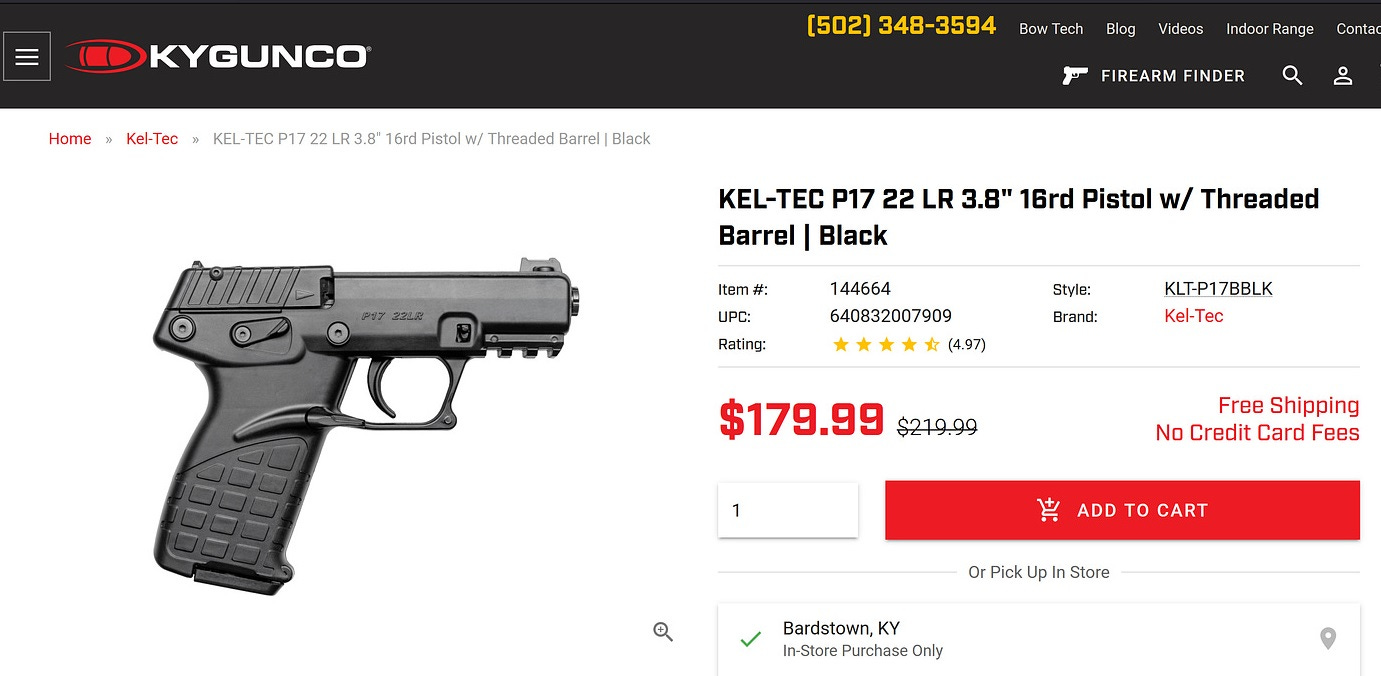
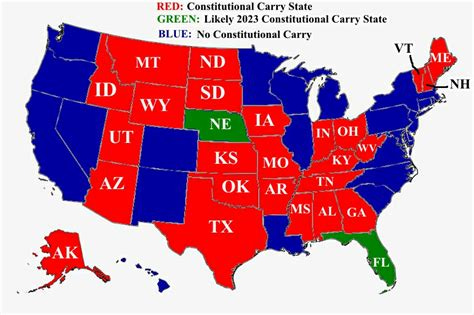
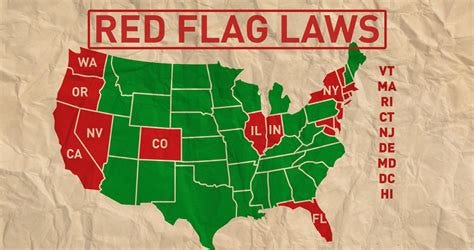
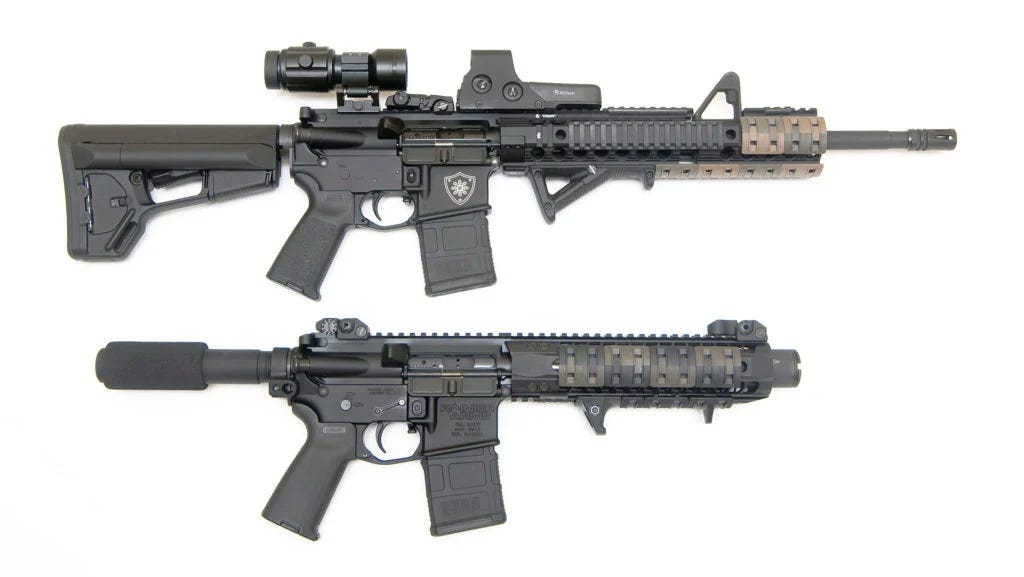
Very informational. However, I think the percentage of gun owners is a bit off. That is only for "registered" gun owners, does not include the many criminals who illegally have firearms.
Big pharma drugs, even used as prescribed, murder far more people in the US than guns do yet this goes on every year without anyone batting an eye. People want to bitch about guns killing people but couldn't care less if drugs murder granny or even a baby. Murder is murder yet people are so hung up on how it is done.